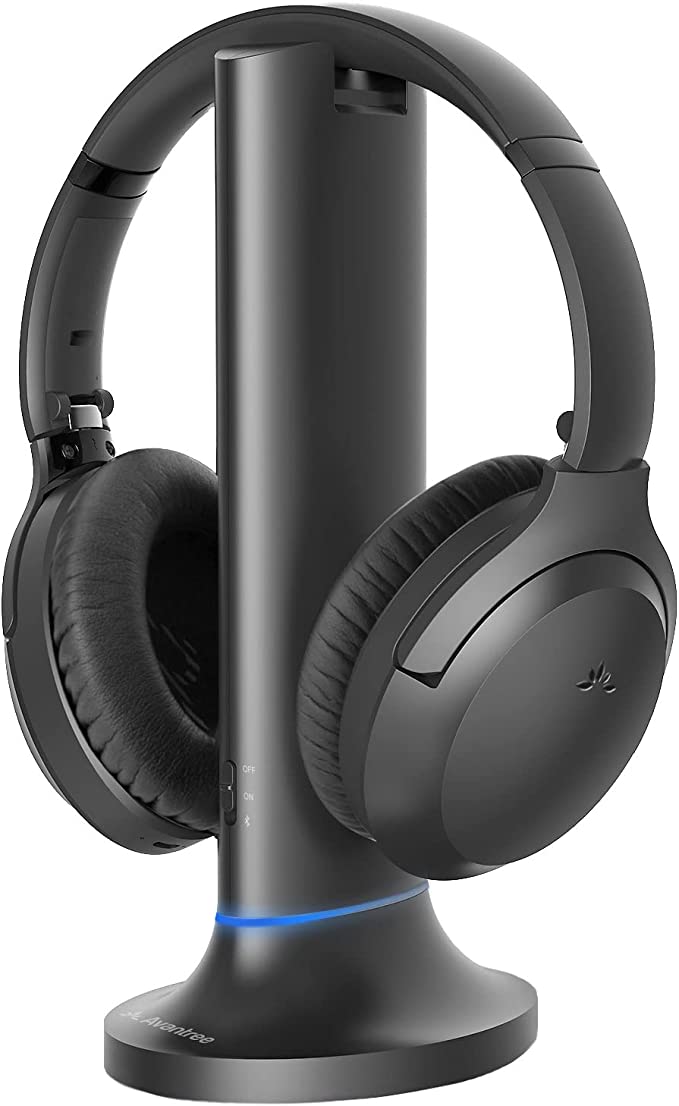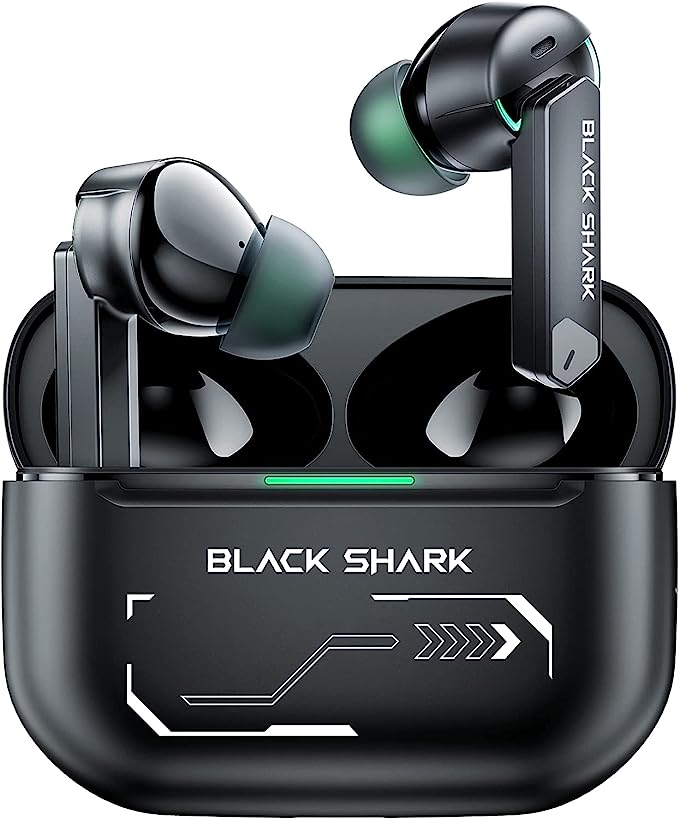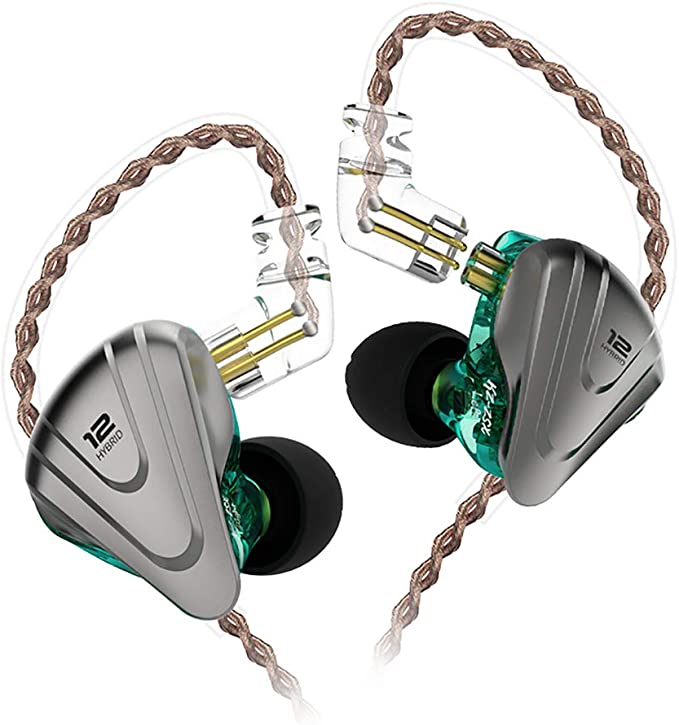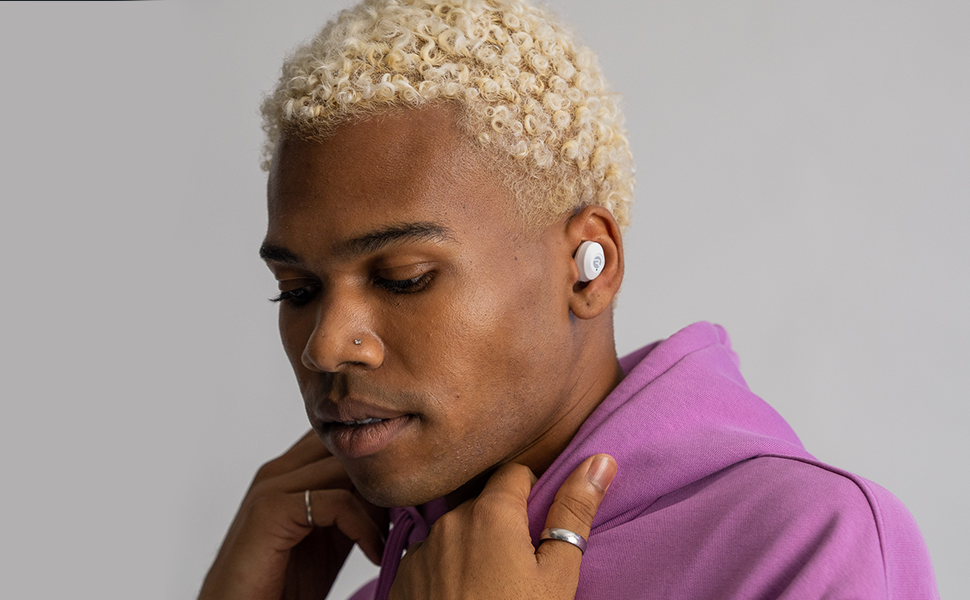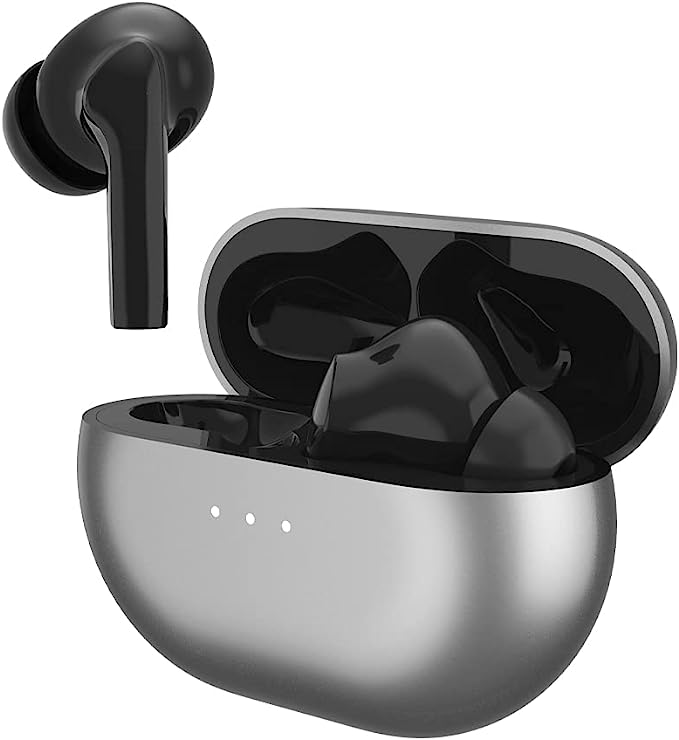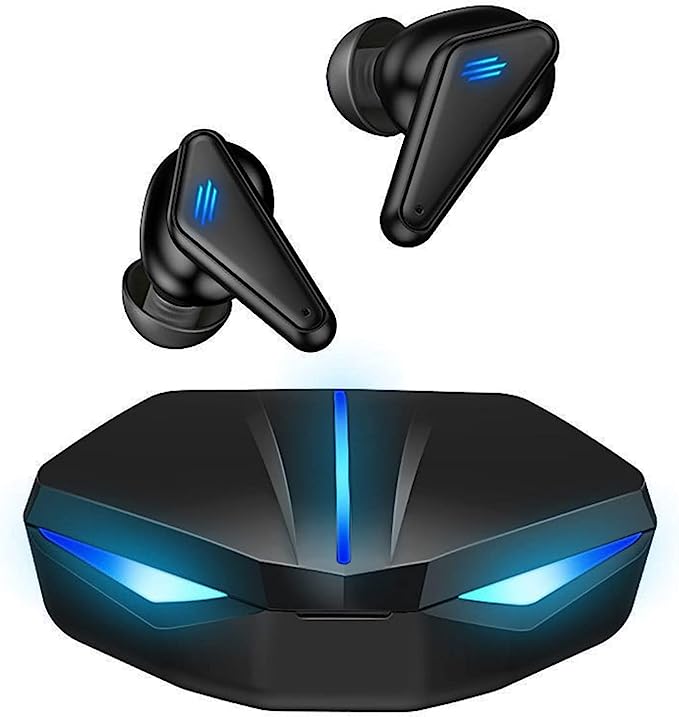Tecno G01 Wireless Gaming Earbuds: 88ms Ultra-Low Latency Provides Competitive Edge in Gaming
Update on June 30, 2025, 2:41 p.m.
You’re there. The final moments of a tense match, heart pounding. You hear the faint crunch of gravel to your left, but as you whip around, it’s already over. You were eliminated by an opponent whose footsteps existed in your ears a fraction of a second after they existed in the game’s reality. You didn’t lose to a better player; you lost to physics. You lost to audio latency, the invisible ghost in the wireless machine.
For years, gamers have been tethered by wires in pursuit of instantaneous sound. So, when a product like the Tecno G01 Wireless Gaming Earbuds arrives, flashing with RGB lights and boasting an audacious “88ms Ultra-Low Latency” for just $39.99, the immediate question isn’t just “Is it good?” but “What’s the catch?” As an audio engineer, I can tell you there’s always a catch. But sometimes, it’s a compromise worth making. Let’s break down the science and the sacrifice behind that number.

The Science of the Split Second
To understand the significance of 88 milliseconds (ms), we first need a baseline. The journey of sound from your phone to your brain via standard Bluetooth is a frantic relay race. The audio is encoded, transmitted as a radio wave, received, decoded, and finally turned into sound by tiny speakers. This entire process can easily take 150ms to over 200ms. While perfectly fine for music, it’s a lifetime in competitive gaming, where the average human visual reaction time hovers around 200-250ms. Hearing something 150ms after you see it is a recipe for disaster.

This is where the G01’s “Game Mode” comes in. Touting a latency of 88ms, it aims to duck under the perceptible threshold of audio-visual lag, which for most people is around 100ms. Think of it this way: standard Bluetooth sends your audio on a scenic, winding country road, prioritizing a rich, detailed journey (higher fidelity). Game Mode shoves that audio onto a brutally straight, six-lane superhighway. To achieve this speed, it almost certainly switches to a less complex audio codec—a simpler language for transmitting sound. The compromise? You might lose some of the subtle textures in the audio landscape. It’s a calculated engineering trade-off: sacrificing a bit of sonic beauty for raw, life-saving speed. For a mobile gamer, that’s often a deal worth taking.

An Engineer’s Reality Check
This is where we move from the promising theory to the often-messy reality, informed by user reports and the fundamental laws of engineering. A $40 price tag doesn’t just buy features; it buys a specific set of compromises.

First, let’s address the elephant in the room: the claim of being “for PC.” Multiple user reviews state flatly that these earbuds don’t work with laptops or, more critically, with consoles like the PS4 or PS5. This isn’t a simple defect; it’s a fundamental misunderstanding of the gaming audio landscape. Your PlayStation or Xbox doesn’t speak the same Bluetooth “language” as your phone for high-performance audio. They use their own proprietary, low-latency wireless protocols, which is why their official headsets require a specific USB dongle. While you might get a standard Bluetooth device to connect to a PC for basic audio, Windows’ handling of Bluetooth drivers can be notoriously fickle, often resulting in high latency that negates any “Game Mode.” The product’s claim is, to be blunt, misleading. These are, first and foremost, mobile gaming earbuds.

Next, the “3D Surrounding Sound” powered by “four dynamic speakers.” In my experience, this is mostly marketing flair. True surround sound requires multiple, physically separate sound sources. What these earbuds deliver is virtual surround sound, a clever audio illusion rooted in a science called psychoacoustics. By subtly manipulating the timing and frequency of the sound fed to each ear, engineers can trick your brain into perceiving a sense of direction and space. It can be effective, but the idea that four tiny drivers crammed into a small, half-in-ear chassis are performing some acoustic miracle is highly suspect. More likely, it’s a well-tuned digital signal processor (DSP) doing the heavy lifting.

This leads to the other reported trade-offs. The “half-in-ear” design, which rests on the edge of the ear canal, is often comfortable but notoriously unstable for many ear shapes, as some users found. It also provides very little passive noise isolation, meaning the carefully crafted game audio is always competing with the world around you. Complaints of a shorter-than-average connection range could also be a byproduct of the low-latency mode, which may sacrifice some signal error-correction and power for speed.

The Sum of Its Parts
So, after this teardown, are the Tecno G01 earbuds a failure? Absolutely not. They are a triumph of focused design and a masterclass in engineering compromise. This is not an all-arounder; it’s a specialist. It’s a sprint runner, built for explosive, short-burst performance in a very specific arena: mobile gaming.
In that context, it excels. It delivers on its core promise of latency low enough to grant a competitive edge where it matters most. The flashy lights, the aggressive design—it all serves its target audience. But like any elite athlete, its specialization comes with weaknesses. It stumbles on the PC marathon, lacks the foundational stability for all users, and its “3D sound” is more of a clever parlor trick than a true revolution. Every single one of its strengths and weaknesses can be traced back to its aggressive $39.99 price point and the choices the engineers had to make.

The Smarter Gamer
Ultimately, the story of the Tecno G01 isn’t just about one product. It’s a lesson in how to be a smarter consumer of technology. The most advanced feature of any device isn’t the one printed on the box; it’s the critical thinking you bring to the purchase.
So, the next time you’re tempted by a gadget promising to solve all your problems, ask yourself the engineer’s questions: What is the one thing I truly need this for? For that one feature, what am I willing to sacrifice in terms of battery, compatibility, or comfort? And what is the likely, unwritten compromise hiding behind that dazzling marketing claim? The answers will lead you not just to a better product, but to the right product for you.
